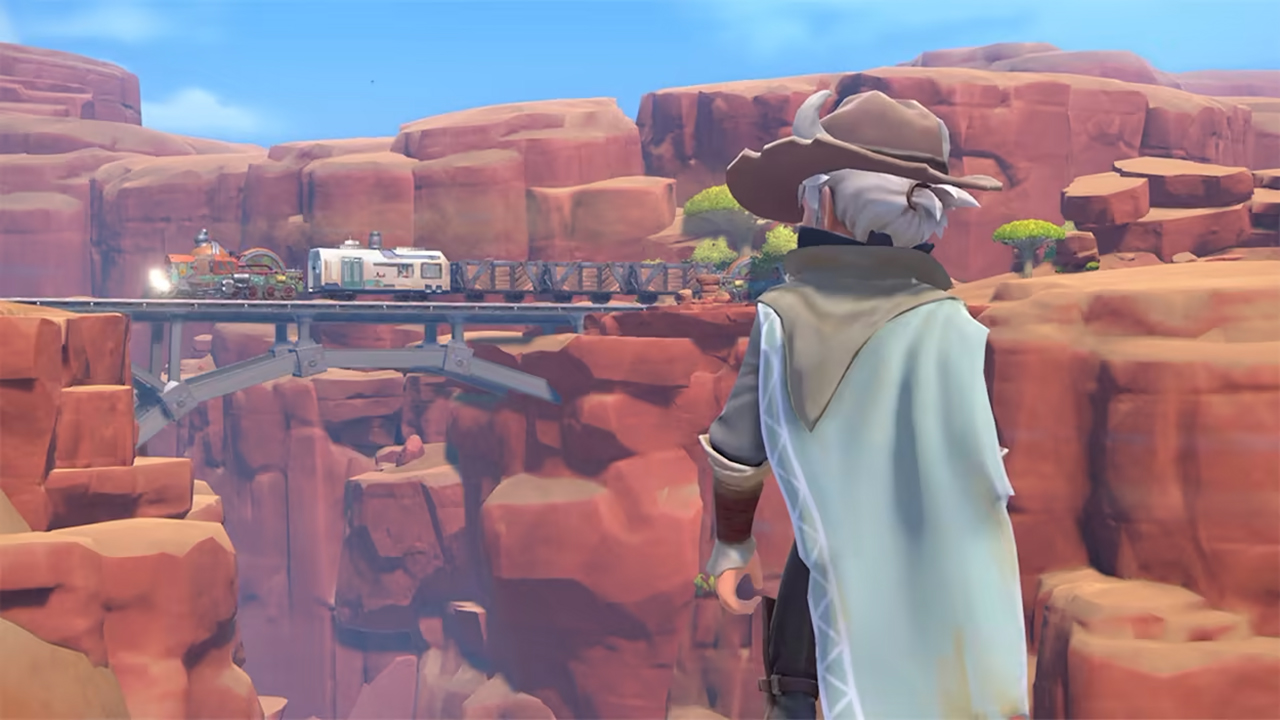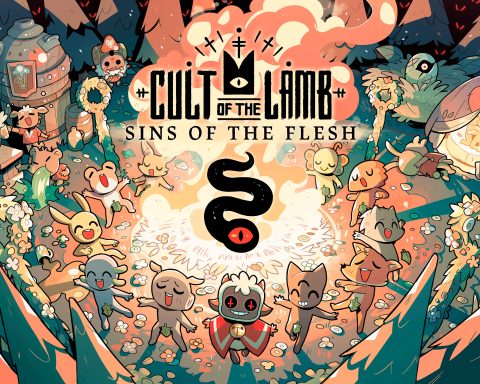My Time at Sandrock is a very entertaining game that should never have been released on the Nintendo Switch. Or, I should say, the problems with the game better be exclusive to the Switch and a consequence of the hardware and not, simply, poor development, because otherwise the game should never have been as ambitious as it is.
Sandrock is a complete mess on Nintendo’s now-humble hardware. As both long-time readers and those who threw a tantrum at me before stopping reading DDNet alike know, I’m very forgiving of technical foibles when the deeper qualities of the game are up to scratch. I genuinely struggle to see the difference between 30 and 60 fps unless someone points it out to me. Furthermore, as long as I can finish the game I don’t mind if there’s some dips here and there.
Likewise, pop-up, from the biggest games like Final Fantasy XVI right through to more modest projects like the Star Ocean 2 Remake, don’t bother me. Loading times don’t bother me. I generally prefer the Switch port of any given game, even if it means less textures and more blur, because being able to take the experience with me is well worth the tradeoff. I very, very rarely dock points because of technical issues, in other words, even when it makes people mad at me for looking at the broader picture.
But My Time at Sandrock is really unpleasant to play because it somehow manages to hit every single technical error you can think of. You can make a coffee in the time that it takes to actually load the thing… and then make another coffee whenever you enter a particularly busy or complex area and watch the frame rate crash.
When you need to find someone or something, look forward to running around blind, because you can only see things in a tiny circle around you. Everything further away else has to pop into existence by having you draw so close that you nearly crash directly into it. If the game were aiming to be a solipsistic commentary and this was a clever way of introducing the idea that nothing exists outside of the immediate zone of interest of the individual, this would be an intelligent and even thought-provoking way to do that. Of course, with Sandrock, it’s just because the developers knew that having an actual draw distance would mean the already fragile frame rate would be catastrophically low at all times.
Somehow, despite all of this, nothing about the game is particularly visually impressive. Textures are limited, character models are basic… it’s not like the developers worked to equal the ambition of Zelda: Tears of the Kingdom and just struggled to get there. Sandrock looks modest, which is why it’s all the more surprising that it appears to be held together by barely adhesive tape. In consequence, the entire experience is so aesthetically dissonant and unpleasant that I really had to force myself to play on with it.
Underneath the totally unacceptable exterior is a genuinely good game, making the presentation all the more disappointing. Much like its predecessor (My Time at Portia), this is a very open experience where you’re given a fairly large world to explore and do all kinds of things in. The main bit, as far as progression and the narrative are concerned, is building stuff from an expansive menu of items. Where most crafting systems are relatively straightforward (“bring together these items to make that thing”), My Time at Sandrock tasks you with assembling enough components to sell as an Ikea DIY project before creating the final item.
This is an excellent system as it makes the biggest construction projects actually meaningful and the sense of completion at the other end worth the labour. For the most part, there’s no great rush or priority placed on these things and you can tackle them at your leisure (and allow yourself to get distracted along the way), but this system, which really does make you feel like you’re a builder contributing to revitalising a tiny and decrepit town, is an excellent foundation for all the playful freedom to be built over the top of.
I’m really not exaggerating when I say this game is open. It has the aforementioned building system, along with farming systems as engaging as in Harvest Moon/Story of Seasons, combat as involved as in Rune Factory, character interaction (little mini-games to challenge them to and all) and a relationship system that seems cribbed from The Sims. And then there’s mining, researching, exploring, and so many other activities you can undertake. It’s almost daunting – especially in the early game thanks to some generally poor onboarding – and it’s possible to forget about the full extent of the scope of what you can get up to at first, but eventually, once you’re comfortable with everything going on, you’ll see that where Animal Crossing is a joy for its aimlessness, My Time at Sandrock here is a joy because you develop such an extensive checklist of tasks to work through, creating a nearly endless loop of rewards and growth within town.
My Time at Sandrock’s issues are due to its ambition and sheer density of what you can do. I would expect a Yakuza title to have similar issues on Switch. But then the developers aren’t putting Yakuza games on the console. I am quite sure that this game is a fine experience on other platforms. However, the developer decided to release it on Switch, and therefore this version needs to be assessed in isolation. In short, it is just not a good game on this specific platform, and the developers should have made a judgment call to pull this version when it was clear that it wasn’t going to work. That way we wouldn’t have been subjected to it.
















This unfortunately doesn’t surprise me to hear. Their Switch port of My Time At Portia was complete garbage also, to such a degree that my wife bought it again on PC (and subsequently bought Sandrock on PC during Early Access) for a much, much better experience.
It is, as you say, a shame when the Switch gets shafted like this, as there’s really very little in Sandrock (and Portia, for that matter) that should cause the Switch to struggle. It’s just a case of a quick and dirty console port being done without any real care to optimise it for the platform.